When it comes to body piercings, ear piercings reign supreme as the most popular and easy-going option. But not all ear piercings are created equal.
Some are more painful, some take longer to heal, and some demand more maintenance.
If you're thinking of adding a little extra edge to your ear stack without going full-on cartilage, an upper lobe piercing might be just what you need.

Instagram/ @studs
Here’s your complete guide to everything you need to know about this subtle yet stylish piercing—what it is, how it compares to lower lobe piercings, the pain factor, and how to care for it properly.
What Is an Upper Lobe Piercing?
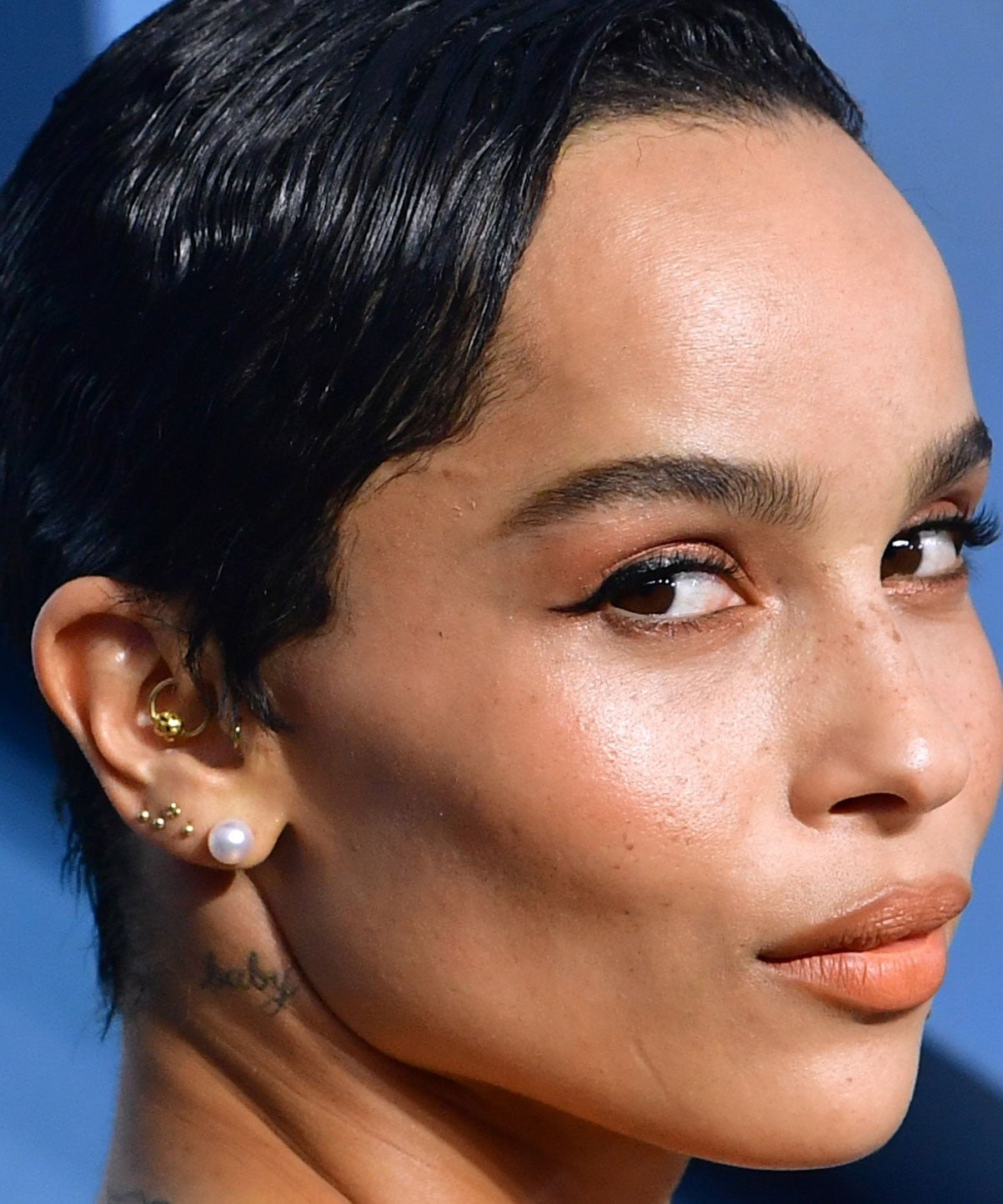
An upper lobe piercing is placed higher up on the earlobe than a traditional lower lobe piercing, often just above the natural fold where your ear cartilage begins. Some also refer to it as a high lobe, second lobe, or third lobe piercing. It’s a slightly more elevated position that creates a fresh look without venturing too far into cartilage territory.
Cost: How Much Does an Upper Lobe Piercing Run?
The cost of an upper lobe piercing will vary depending on where you are and how skilled your local piercers are. Generally speaking, you can expect to pay a little more than a regular lower lobe piercing, since it requires a bit more precision to get right. The price will likely also increase depending on the type of jewelry you choose.
Most piercing studios will charge separately for jewelry, so be prepared to factor that into your overall cost. Good quality jewelry is a must to avoid any complications down the line.
Jewelry: What Should You Wear for an Upper Lobe Piercing?
When it comes to materials, hypoallergenic options like titanium, 14K gold, and surgical-grade stainless steel are ideal for upper lobe piercings. To start, a flat-back stud is your best bet to avoid irritation and allow the piercing to heal properly. Don’t rush to swap out your jewelry too soon, though—give it about six weeks of healing before you make any changes.
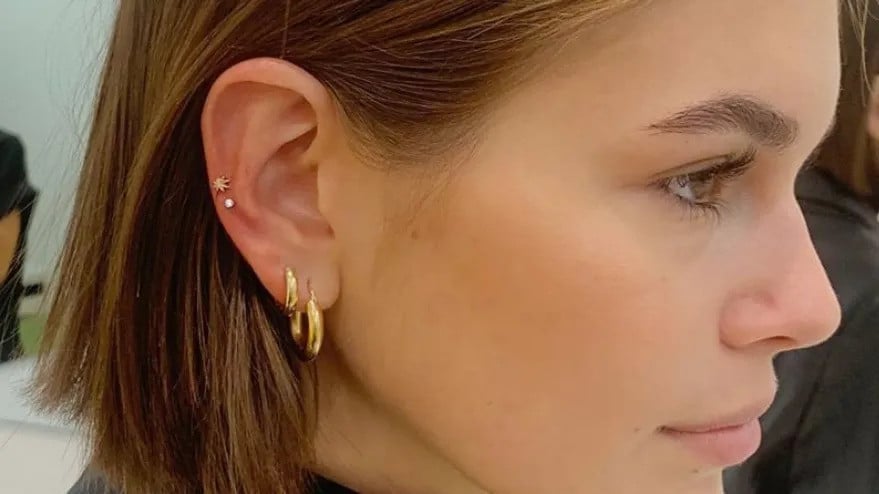
Once the piercing has fully healed, you’ll have the freedom to switch it up. Many people love adding a little flair with a decorative stud or a hoop to create a chic ear stack.
Pain Level: Does an Upper Lobe Piercing Hurt?
Here’s the good news: upper lobe piercings are relatively painless. If you’ve ever had a lower lobe piercing, you can expect a similar experience—mild discomfort, but not unbearable pain. Everyone’s pain tolerance varies, of course, but most people report that it’s a breeze compared to other body piercings. If you're squeamish but still want a more distinctive look, an upper lobe piercing is a solid choice.
Aftercare: How to Care for Your Upper Lobe Piercing
While upper lobe piercings are generally easy to handle, they do require a bit more care than their lower lobe counterparts. Because the piercing sits higher up on the ear, it's closer to the cartilage, an area with less blood flow. This can result in a slightly slower healing process. Therefore, aftercare is key to avoiding irritation and ensuring the piercing heals properly.
To care for your upper lobe piercing, be sure to clean it twice a day with saline solution or a piercing-specific aftercare product. Always wash your hands thoroughly before touching the piercing to prevent infection. Avoid using harsh chemicals like alcohol or hydrogen peroxide, which can dry out the skin and interfere with the healing process.
A simple cleaning routine is effective: spray the saline solution onto the piercing, then gently pat it dry with a cotton swab or gauze. If you tend to sleep on your side, consider using a travel pillow to reduce pressure on the area. Small adjustments like this can make a big difference in how your piercing heals.
And remember—consistency is key. Skipping aftercare can lead to infections, scarring, or prolonged healing time. Infections can cause redness, swelling, or discharge, and in severe cases, may require antibiotics to clear up. Don’t risk it: follow your aftercare instructions diligently.
Healing Time: How Long Does It Take to Heal?
On average, an upper lobe piercing takes between 6 and 12 weeks to fully heal. The exact timeline varies depending on your body and how well you care for the piercing during the healing process.
Some people may heal more quickly, while others might need a little more time. Even if the outside of your piercing seems healed, remember that the inner tissue might still be recovering. So be patient and avoid rushing the process.
Final Takeaway
Upper lobe piercings offer a chic, stylish way to update your ear stack without stepping into the more intense territory of cartilage piercings. They’re easy to care for, minimally painful, and reasonably priced. The main thing to keep in mind? Aftercare.
Clean your piercing consistently for the first six weeks, and be mindful of pressure while it heals. Follow these steps, and you'll be sporting a fresh, trendy look in no time.


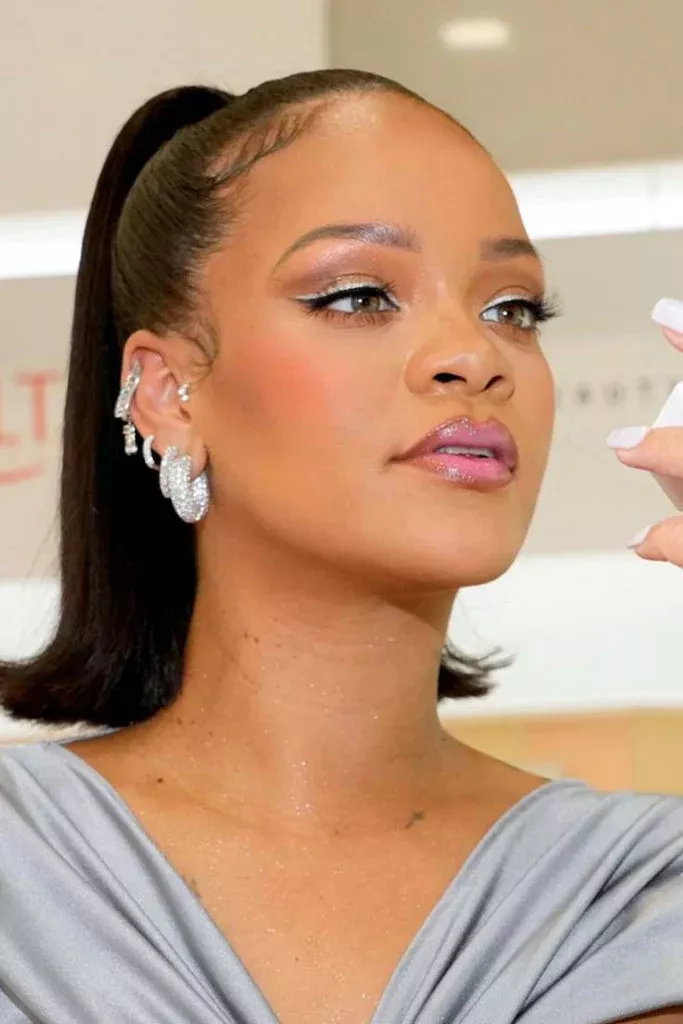
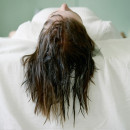



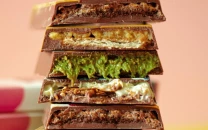

COMMENTS
Comments are moderated and generally will be posted if they are on-topic and not abusive.
For more information, please see our Comments FAQ